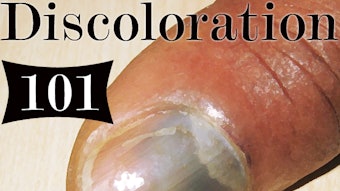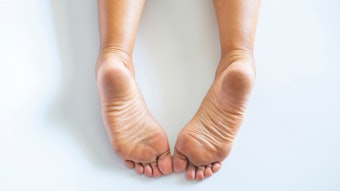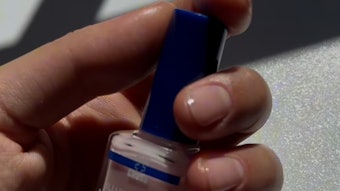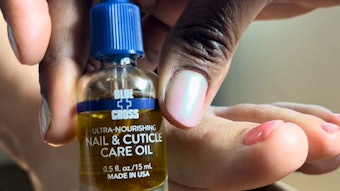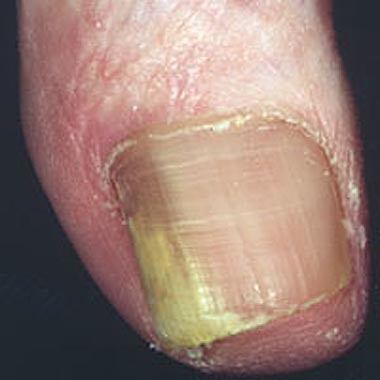
Fungus Among Us
Even if you’re unfamiliar with the technical term onychomycosis, you’ve likely heard a lot about its cause. “Onychomycosis is an infection of the nail caused by superficial fungal infections, which are also the cause of athlete’s foot,” explains Robert Brodell, M.D., Rootstown, Ohio-based professor of internal medicine in the dermatology section at Northeastern Ohio Universities College of Medicine and spokesperson for the American Academy of Dermatology. “In fact, the most common cause of athlete’s foot, Trichophyton rubrum, is also the most common cause of onychomycosis.”
This infection often starts from the bottom up, meaning the fungus grows on the foot before moving to the nails. “These fungal elements are extremely common,” says James Applegate, M.D., family physician practicing with Advantage Health Physicians Network in Grand Rapids, Michigan, and spokesperson for the American Academy of Family Physicians (AAFP). “You can pick them up anywhere, from the gym, the shower, ponds or lakes—any wet environment where you go barefoot, even wet grass.” He notes that the problem is more common on feet because people tend to wash their hands more often than their feet, so the fungus grows there more easily.
C. Ralph Daniel III, M.D., a Jackson, Mississippi-based clinical professor of dermatology at the University of Mississippi Medical Center and associate professor of Dermatology at the University of Alabama at Birmingham, conducted a study in which he found that fungus was present on participants’ feet for an average of seven years before it reached the hand—and the hand on which it appeared was more likely to be the one that scratched the feet.
But how does the fungus enter the nail area in the first place? “In most cases, trauma to the nail breaks the seal between the nail plate and nail bed,” Daniel says. “Fungus then travels from the bottom of the foot into the nail apparatus.” Such trauma is frequently present in the elderly as well as in athletes. However, he also points out that not all people who come into contact with this fungus will develop a case of athlete’s foot or onychomycosis. “But some have a genetic tendency for it,” he says.
Similarly, certain portions of the population are more likely to develop these problems. Children very rarely develop onychomycosis, but people older than 60 often do—and, according to Daniel, nearly 70% of people over the age of 70 have this fungus on their nails. Among people between ages 40 and 60, Brodell estimates that 15% to 20% suffer from this condition. Diabetics are also likely to experience a problem with fungus, which can lead to related bacterial infections; therefore, it’s especially important for diabetics to receive treatment for onychomycosis immediately so it doesn’t develop into something more serious.
Nail Clinic: Onychomycosis
Jun 26th, 2014


